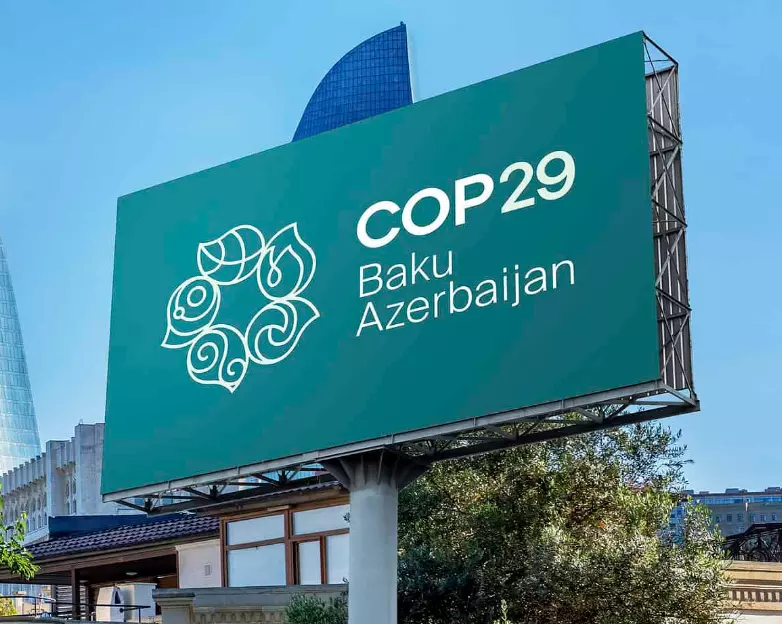Know All About the Historic Climate Funding Deal at COP29

At the COP29 climate talks, negotiators from around the world reached a landmark agreement on a new funding deal to support developing nations in addressing the challenges posed by climate change. The agreement outlines a target of $300 billion annually in climate finance by 2035, with the goal of helping countries that are most vulnerable to the impacts of global warming. This deal is seen as a crucial step in the fight against climate change, particularly as developing countries struggle with extreme weather events, rising sea levels, and other climate-related issues. However, the deal has sparked mixed reactions, with some countries and experts arguing that the pledged amount is insufficient to meet the urgent needs of these nations.
A Mixed Response from Developing Nations
The deal has drawn praise for its recognition of the growing climate crisis, but many developing nations have expressed concerns about the scale and timeline of the financial commitment. Countries like India, Nigeria, and others in Africa have been vocal in calling for much higher financial contributions, arguing that the $300 billion target is too modest given the increasing frequency and severity of climate impacts. For instance, India and many African nations had previously called for a tenfold increase in climate financing, aiming for up to a trillion dollars annually. These countries stress the urgency of the situation, especially as extreme weather events, such as floods, droughts, and hurricanes, wreak havoc on vulnerable populations.
The funding deal, although seen as a positive step, is criticized for being too long-term, with 2035 set as the target year for achieving the $300 billion commitment. Critics argue that this is too far off, given the rising urgency of the climate crisis. The slow pace of financial support has led to frustration among the most climate-affected nations, who contend that immediate, more substantial action is needed to avoid irreversible damage.
The Importance of the Loss and Damage Fund
In addition to the climate finance deal, another key element of the negotiations was the creation of a loss and damage fund. This fund aims to provide financial relief to countries suffering from the impacts of climate change that are beyond their ability to adapt. The loss and damage fund is expected to offer assistance to nations experiencing devastating weather events, including storms, floods, and wildfires, that are made more intense by climate change.
This fund is particularly important for small island nations and least-developed countries, which are disproportionately affected by climate change. In fact, many of these countries have been advocating for a loss and damage fund for years, as they bear the brunt of the consequences of climate change despite contributing the least to global emissions. While the new fund has been welcomed by many, it remains to be seen how it will be financed and whether it will provide sufficient support to those in need. Discussions continue over how to raise the necessary funds and whether wealthy oil-producing countries, like those in the Gulf, and major emitters like China, will contribute.
Funding Sources: Public or Private?
The financial commitments made at COP29 are largely aimed at addressing both mitigation and adaptation needs in developing countries. The funds will help nations transition to cleaner energy sources, implement early warning systems for extreme weather events, and build infrastructure that can withstand the impacts of climate change. However, there is ongoing debate about whether these funds should come primarily from public sources or whether private investments will also play a significant role. Many experts argue that public funding should not be replaced by loans, as many developing countries are already heavily indebted and cannot afford to take on more financial burden.
While the agreement is a step forward, the global community remains divided over how to fairly distribute the financial responsibility for addressing climate change. Wealthy countries, particularly those with the largest historical emissions, are expected to contribute the bulk of the funding. However, some developing countries are pushing for nations like China, which has become a major emitter, and oil-rich Gulf states to take on a greater share of the financial burden.
The Path Forward
Although the deal reached at COP29 represents a significant step toward addressing climate change, there is still much work to be done. The $300 billion target, while an important commitment, is just one part of a broader effort to meet the climate crisis. Many experts argue that a more ambitious, immediate approach is required to prevent the worst effects of climate change. The success of the new funding deal will ultimately depend on how well it is implemented and whether it meets the needs of the most vulnerable nations in the coming years.
Moving forward, it is expected that discussions on climate financing and loss and damage will continue to be a major focus of international climate negotiations. As the world’s climate risks continue to grow, the need for urgent action and fair financial contributions will only become more pressing.

